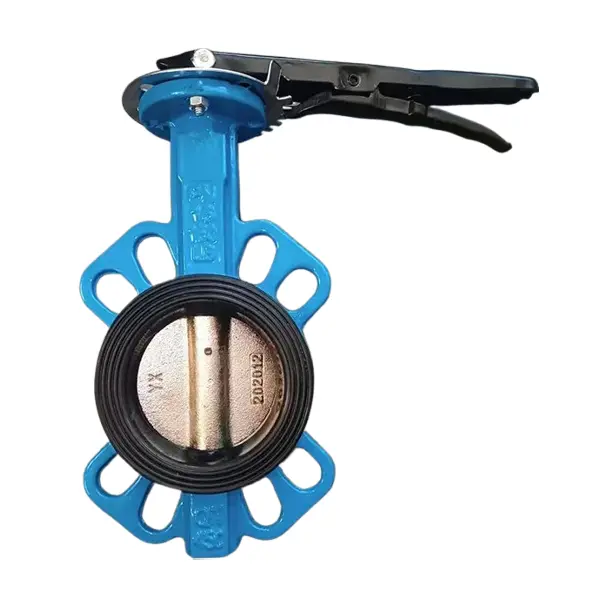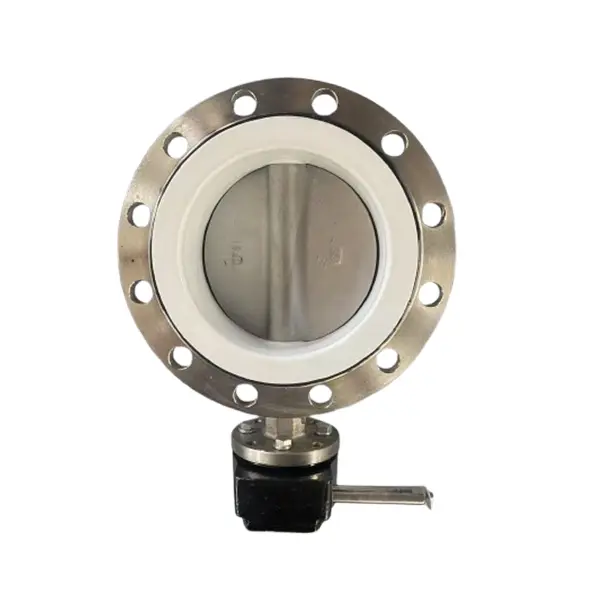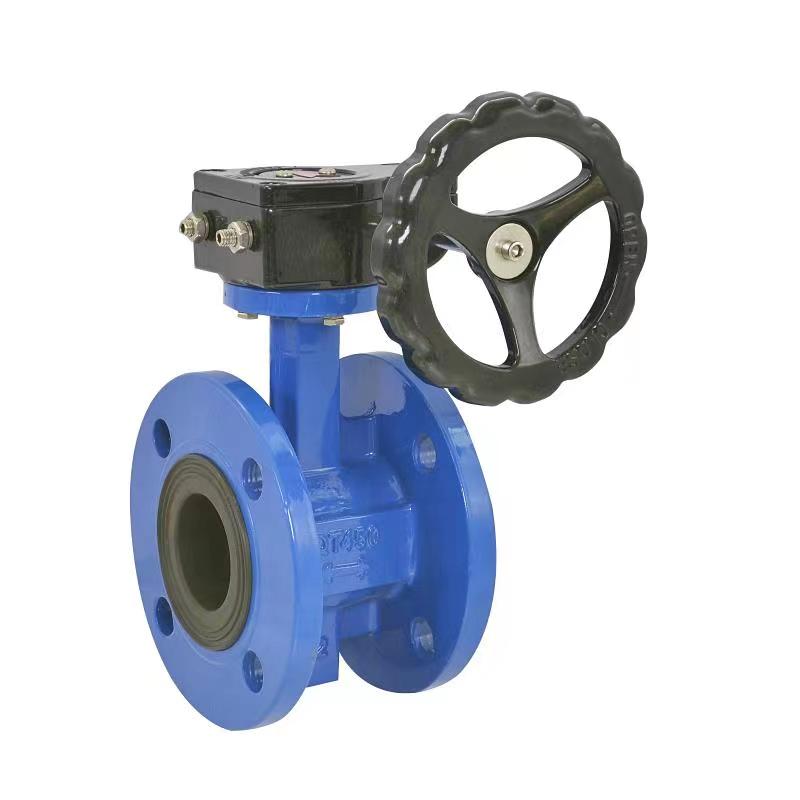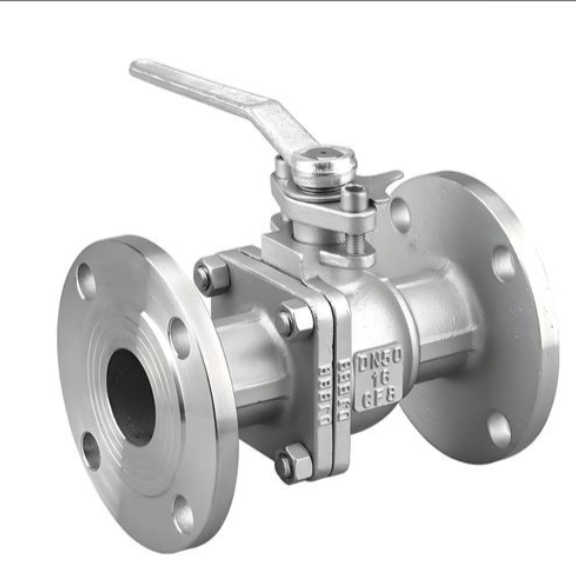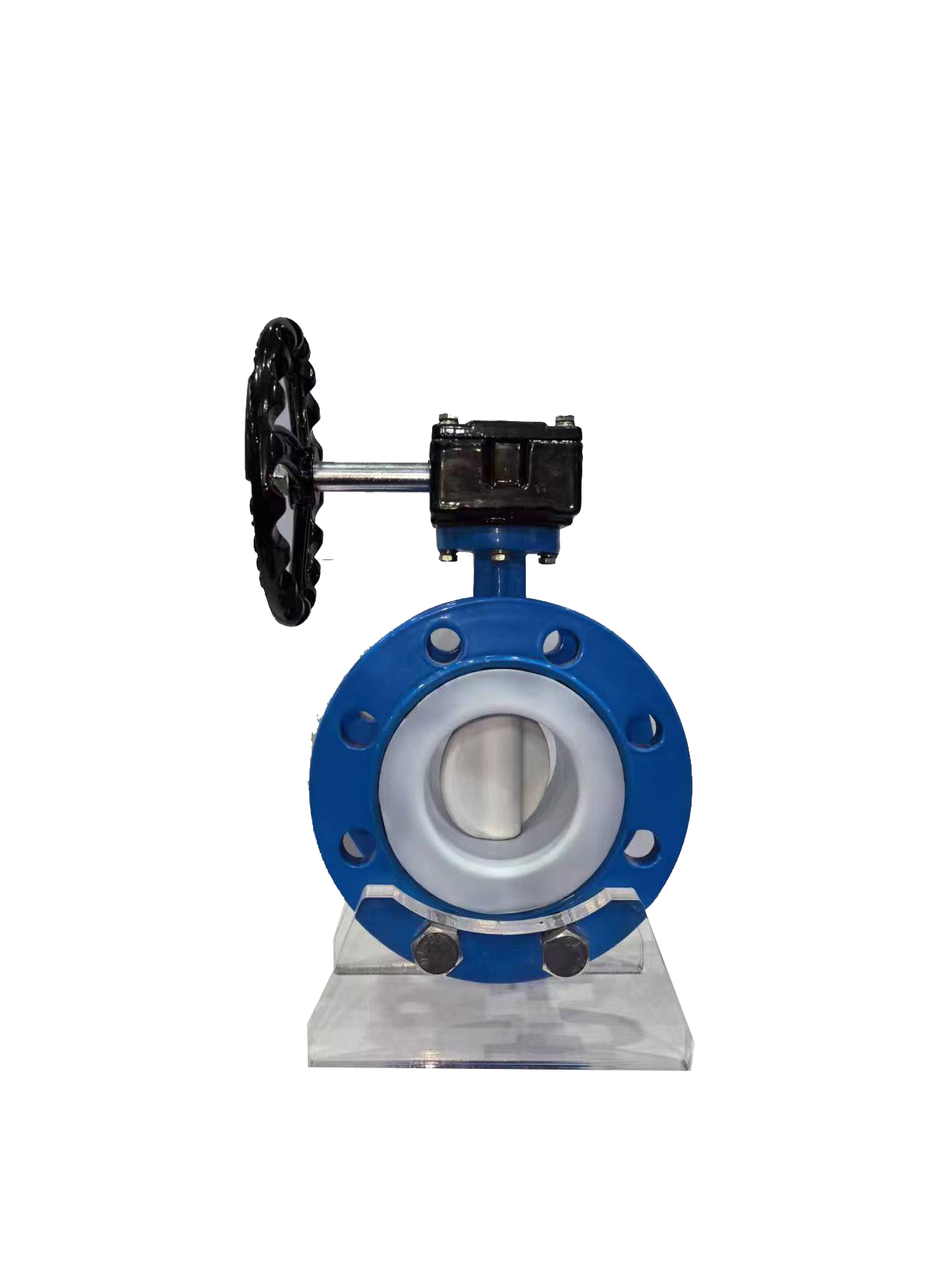- English
- Español
- Português
- русский
- Français
- 日本語
- Deutsch
- tiếng Việt
- Italiano
- Nederlands
- ภาษาไทย
- Polski
- 한국어
- Svenska
- magyar
- Malay
- বাংলা ভাষার
- Dansk
- Suomi
- हिन्दी
- Pilipino
- Türkçe
- Gaeilge
- العربية
- Indonesia
- Norsk
- تمل
- český
- ελληνικά
- український
- Javanese
- فارسی
- தமிழ்
- తెలుగు
- नेपाली
- Burmese
- български
- ລາວ
- Latine
- Қазақша
- Euskal
- Azərbaycan
- Slovenský jazyk
- Македонски
- Lietuvos
- Eesti Keel
- Română
- Slovenski
- मराठी
- Srpski језик
- Esperanto
- Català
- שפה עברית
- Cymraeg
- Latviešu
- icelandic
- ייִדיש
- беларускі
- Hrvatski
- Kreyòl ayisyen
- Shqiptar
- Malti
- lugha ya Kiswahili
- አማርኛ
- Bosanski
- Frysk
- ភាសាខ្មែរ
- ქართული
- ગુજરાતી
- Hausa
- Кыргыз тили
- ಕನ್ನಡ
- Corsa
- Kurdî
- മലയാളം
- Maori
- Монгол хэл
- Hmong
- IsiXhosa
- Zulu
- Yoruba
- অসমীয়া
- ଓଡିଆ
- Twi
- Samoa
- Sesotho
- සිංහල
- Gàidhlig
- Cebuano
- Somali
- Тоҷикӣ
- O'zbek
- Hawaiian
- سنڌي
- Shinra
- Հայերեն
- Igbo
- Sundanese
- Lëtzebuergesch
- Malagasy
- Tǝlam Kanuri
- Punjabi
- پښتو
- Chichewa
Common faults and preventive measures of gate valves
2025-06-04
As an important pipeline control device, gate valves are widely used in many industries such as oil, natural gas, water treatment, chemical industry, and electricity. Its main function is to control the flow and cut-off of fluids by lifting and lowering the valve plate. However, like all mechanical equipment, gate valves may have some faults during long-term use. Understanding the causes and preventive measures of these common faults will help improve the service life and operational stability of gate valves.
1. The valve cannot be completely closed
Fault manifestation:
When the gate valve cannot be completely closed, the fluid will still penetrate at the valve, causing pipeline leakage or uncontrolled flow. Common causes include wear of the sealing surface of the valve seat or valve plate, foreign matter stuck or corrosion.
Cause analysis:
Sealing surface wear: Long-term switching operation and fluid flushing can easily cause wear of the sealing surface of the valve seat and valve plate, resulting in poor sealing.
Foreign matter blocking: Impurities or foreign matter in the pipeline may be stuck in the valve seat or between the valve plate and the valve seat, preventing the valve from being completely closed.
Corrosion: Long-term operation in high temperature, high pressure or corrosive media environment, the sealing surface of the valve is prone to corrosion, affecting the sealing effect.
Preventive measures:
Regularly check the sealing surface of the valve and repair or replace worn sealing parts in time.
Clean the pipeline regularly to prevent impurities from entering the valve, especially when the valve is closed.
Select the appropriate valve body and sealing materials according to the fluid characteristics to reduce the occurrence of corrosion.
2. The valve is difficult to operate or cannot be operated
Fault manifestation:
The gate valve is very difficult to operate during the opening or closing process, and it is even impossible to smoothly turn the valve stem or valve wheel. This fault is usually caused by the valve stem being stuck or the internal parts of the valve body being damaged.
Cause analysis:
Valve stem corrosion or damage: The valve stem may corrode or deform when exposed to the fluid environment, especially under high temperature, strong corrosive or high pressure conditions, resulting in poor fit between the valve stem and the valve body.
Insufficient lubrication: The opening and closing of the gate valve depends on the smooth fit between the valve stem and the valve body. If there is a lack of proper lubrication, friction will increase, which will cause difficulty in operation.
Foreign matter blockage: If foreign matter enters the valve, it may cause the valve stem to get stuck and fail to operate normally.
Preventive measures:
Use suitable lubricating oil or grease, check and relubricate regularly.
In highly corrosive or high-temperature environments, corrosion-resistant and high-temperature resistant materials should be used to make the valve stem, and the valve stem should be checked regularly for damage.
During installation, ensure that the inside of the valve is clean to prevent foreign matter from entering.
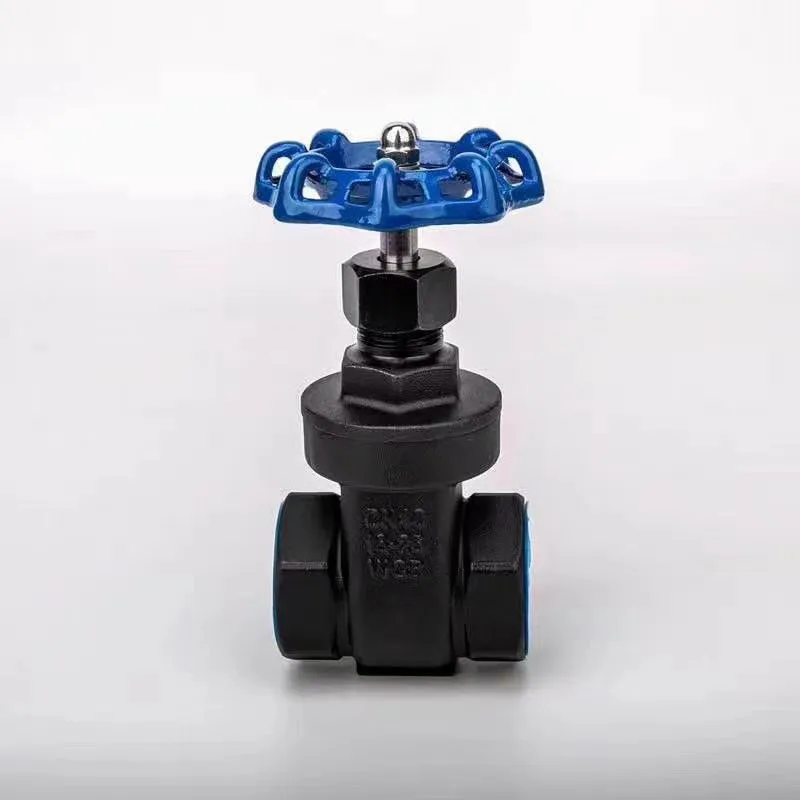
3. Valve leakage
Fault manifestation:
When the gate valve is closed, there is still fluid leakage, especially in high-pressure, high-temperature or highly corrosive environments, where the leakage problem is more serious and may cause safety hazards or energy waste.
Cause analysis:
Aging or wear of the sealing surface: The sealing surface of the valve plate and the valve seat may age, wear or deform after long-term use, resulting in reduced sealing performance.
Valve seat or valve plate surface contamination: Impurities, sediments or chemicals in the pipeline may contaminate the sealing surface, reducing the sealing performance.
Improper valve installation: If the valve is not installed properly, it may cause poor sealing, which may lead to leakage problems.
Preventive measures:
When purchasing and using gate valves, materials with corrosion and wear resistance should be selected to ensure the long-term use of the valve.
Check the sealing surface regularly and repair or replace worn or damaged parts in time.
Ensure that the valve is installed in accordance with the specifications to avoid over-tightening or eccentric installation, which will affect the sealing effect.
4. The valve vibrates or makes loud noises
Fault manifestation: During the opening and closing of the valve, abnormal vibration or noise occurs. This problem usually occurs when the valve is partially opened or closed, which may affect the stable operation of the system and accelerate the loss of the valve.
Cause analysis:
Excessive fluid flow rate: When the fluid flow rate is too high, especially when the valve is partially opened, turbulence is likely to occur when the fluid passes through the valve, causing vibration or noise.
Improper valve design: If the valve structure is not designed properly, especially when the fit between the valve plate and the valve seat is poor, it may cause valve vibration.
Valve opening too fast: Rapidly opening the gate valve may cause instantaneous water hammer effect or fluid impact, resulting in vibration and noise.
Preventive measures:
Reasonably design the valve opening speed to avoid fluid impact caused by too fast opening.
Control the flow rate in the pipeline to ensure that the fluid remains stable when flowing through the valve.
When designing and selecting, choose the appropriate valve type and size to ensure that the valve can adapt to the actual working environment.
5. Valve seal failure
Failure manifestation:
Valve seal failure means that the fluid cannot be completely isolated, usually manifested as fluid leakage, and may even affect the entire pipeline system. There are many reasons for seal failure, which are usually related to the use environment, operating conditions and valve materials.
Cause analysis:
Wear caused by long-term use: The sealing surface of the valve seat and the valve plate will gradually wear as the use time increases, and the sealing performance will gradually decrease.
Temperature and pressure changes: Sudden temperature or pressure changes will cause the sealing material to expand or contract, causing seal failure.
Corrosion and chemical reaction: For some special media, the valve sealing surface may be corroded or react chemically, reducing the sealing effect.
Preventive measures:
Select suitable sealing materials according to the medium properties of the pipeline system to avoid sealing failure due to temperature, pressure or corrosion problems.
Regularly check the sealing surface, find signs of wear and repair or replace it in time.
In high temperature or high pressure working environment, use high temperature and high pressure resistant materials to make the sealing surface to ensure the valve sealing performance.
Common failures of gate valves are often related to their long-term use, improper operation or environmental factors. Through regular inspection and reasonable maintenance, these problems can be effectively prevented, the service life of the valve can be extended, and the safety and stability of the pipeline system can be improved. Timely detection and repair of faults can ensure that the gate valve plays its due role at critical moments, reducing maintenance costs and unnecessary downtime.
Related News
- Can check valves prevent pump reversal
- What scenarios are check valves suitable for?
- What should I do if the check valve cannot stop the water?
- What should I do if there is leakage inside the check valve
- What are the types of check valves
- Are there any requirements for the installation direction of butterfly valves?
New Products





